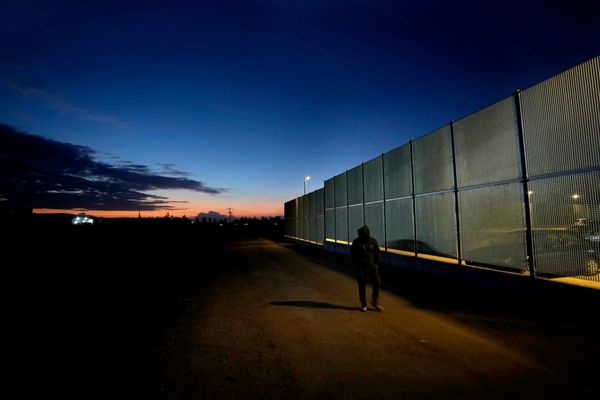
What’s different at the ICE theatres?
The objective of an ICE theatre is to fill a viewer’s peripheral vision with colours and objects similar to what’s on the main screen. An acronym for Immersive Cinema Experience, ICE involves the use of LED panels on either side of the main screen. These panels do not show a continuation of the action on the main screen, but project shapes and colours that are in line with those visuals. It uses conventional 4K digital projection, and can be viewed in both 2D and 3D. Ajay Bijli, PVR’s chairman and managing director, has said that the company plans to unveil ICE theatres in Mumbai, Bengaluru, Ahmedabad and Pune in 2023.
You might also like
Shikhar Dhawan turns investor, scouts for sports tech firms
Returning covid casts a shadow over commercial realty sector
Why 33-year-old Tamilnadu Investors’ Association matters so much
What are the other theatre technologies?
ICE joins a host of theatre technologies that already exist in India. The closest to ICE can be found at Mumbai’s InOrbit Mall, which features a 270-degree movie screen called ScreenX, operated by Inox, which merged with PVR earlier this year. ScreenX claims to use ‘proprietary’ processing engines to show select scenes of a movie across 270 degrees. There’s also IMAX, which is sort of a standard for movie making and theatres. Other key formats include 4DX, MX4D and D-Box — which offer seat haptics and real-world simulation of on-screen action with wind, water or heat.

What are the initial reactions to ICE movies?
Viewer responses to ICE theaters have mostly been mixed. While many viewers took to Twitter to state that the ICE projection panels are indeed more immersive, others have disagreed. However, with Shah Rukh Khan’s upcoming film Pathaan set to release in ICE theatres too, we may yet see a wider reaction from Indian movie goers.
How does it differ from IMAX, 4DX, ScreenX?
IMAX came to Mumbai in 2001. It has certified cameras to shoot content specifically for IMAX screens, shown in theatres with special projectors and screens. ICE, however, does not depend on projection and shooting tech, instead offering Philips-made LED panels on either side of a theatre’s walls to fill up a viewer’s peripheral vision. ScreenX depends on its 270-degree screen to cover the entire field of vision, while 4DX etc. rock your chairs and spray water to provide a different experience.
How have these theatres done so far?
The first ICE theatres launched in in France, in December 2016, with Star Wars: The Force Awakens, and the company has about 52 theatres worldwide. But other such theatre technologies have mostly failed to make an impact in India. Despite being in India for over 20 years, IMAX has only 21 screens in the country. ScreenX is present in only one venue, while 4DX like experiences are far and few as well. Mint reported in November that viewers are avoiding theatres for a variety of reasons, which may in turn mar ICE’s arrival in India.
Elsewhere in Mint
In Opinion, Raghu Raman says India's projected high GDP growth faces a challenge: a steady supply of corporate leaders. Vivek Agarwal analyses how a House panel wants reining in of Big Tech. Siddharth Pai says generative AI models like ChatGPT have competition. Long Story finds young audience dwindling at Chennai's famous music festival.








